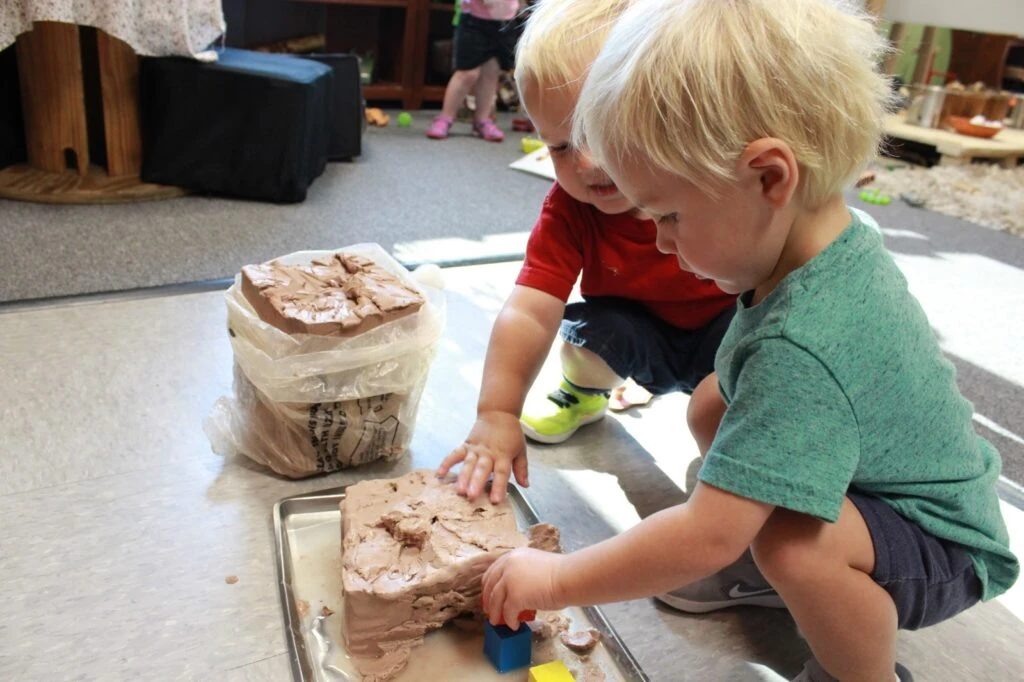Kids' Fine Dust Exploration Project: Learning About Air Quality Together
Kids' Fine Dust Exploration Project: Learning About Air Quality Together
Fine dust and air pollution have become increasingly important topics as their impact on health and the environment becomes more evident. Educating kids about fine dust can empower them to understand environmental issues and adopt healthier habits. One great way to teach children about fine dust is through a hands-on exploration project. In this blog post, we’ll outline a fun and educational project that you can do with your kids to learn about fine dust and air quality.
Why Teach Kids About Fine Dust?
Children are naturally curious about their surroundings, and teaching them about air quality helps them:
-
Build Environmental Awareness: Understand the impact of pollution on health and the planet.
-
Develop Critical Thinking: Learn how to analyze and interpret data.
-
Promote Healthy Habits: Adopt behaviors that reduce exposure to fine dust.
-
Encourage Scientific Exploration: Engage in experiments and observation to learn how pollution works.
Step 1: Introduction to Fine Dust
Start by explaining what fine dust is and why it’s harmful. Use simple language and visuals to make it easy to understand:
-
What Is Fine Dust? Tiny particles in the air that come from vehicle emissions, factories, construction sites, and natural sources like pollen and soil.
-
Why Is It Dangerous? It can enter the lungs and bloodstream, causing respiratory problems and other health issues.
-
How to Identify High Dust Levels: Teach them to use air quality apps and check the AQI (Air Quality Index).
Step 2: Hands-On Dust Collection Experiment
Help your kids collect fine dust samples to observe and analyze. Here’s a simple experiment to get started:
Materials Needed:
-
White Paper Plates or Petri Dishes
-
Vaseline or Petroleum Jelly
-
Magnifying Glass
-
Labels and Markers
-
Camera (optional)
Instructions:
-
Prepare the Collectors: Spread a thin layer of Vaseline on the paper plates or petri dishes.
-
Place in Different Locations: Set up the plates indoors and outdoors to compare results.
-
Observe and Record: Leave the plates exposed for 24-48 hours.
-
Examine the Results: Use a magnifying glass to look at the collected particles.
-
Document Findings: Take photos and label each plate with the location and duration.
-
Analyze and Compare: Discuss which areas collected the most dust and why.
Step 3: Data Interpretation and Analysis
After collecting and observing the dust samples, help your kids analyze the data:
-
Compare Indoor and Outdoor Results: Which location had more dust? Why might that be?
-
Identify Patterns: Did high-traffic areas have more particles? Was there a difference between morning and evening collection?
-
Create a Chart or Graph: Visualize the results to make comparisons clearer.
Step 4: Reflection and Discussion
Discuss with your kids what they learned from the experiment:
-
What surprised you the most about the results?
-
What can we do to reduce dust exposure?
-
How can we keep indoor air cleaner?
Step 5: Taking Action to Reduce Dust Exposure
Encourage your kids to come up with ideas to reduce fine dust exposure at home and in the community:
-
Plant More Trees: Green areas naturally reduce dust levels.
-
Use Air Purifiers: Explain how they work and why they’re helpful.
-
Wear Masks on High Pollution Days: Teach proper mask-wearing techniques.
Bonus Activity: Create a Dust Awareness Poster
Have your kids design a poster that shows what they learned about fine dust and how to stay safe. Display it at home or share it with friends and family to spread awareness.
Final Thoughts
The Fine Dust Exploration Project not only teaches kids about the dangers of air pollution but also encourages critical thinking and problem-solving. By involving them in hands-on experiments and discussions, you can help build a generation of environmentally conscious and proactive individuals. Try this project with your kids and let them discover the world of air quality in a fun and educational way!
Amazon best seller






Comments